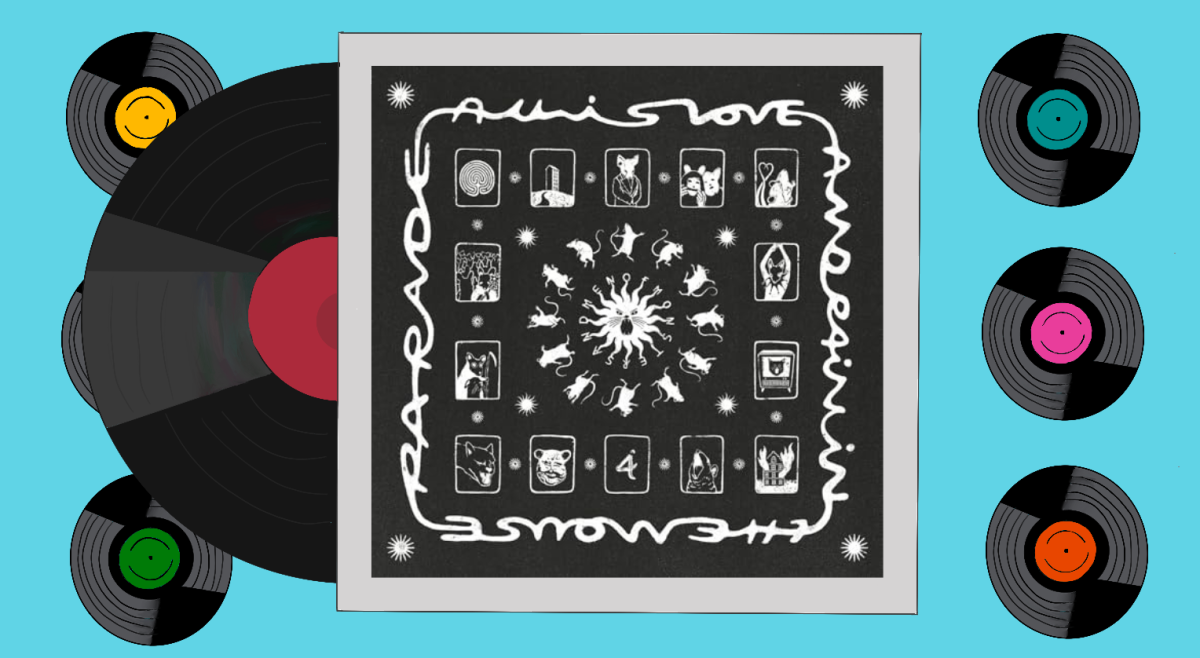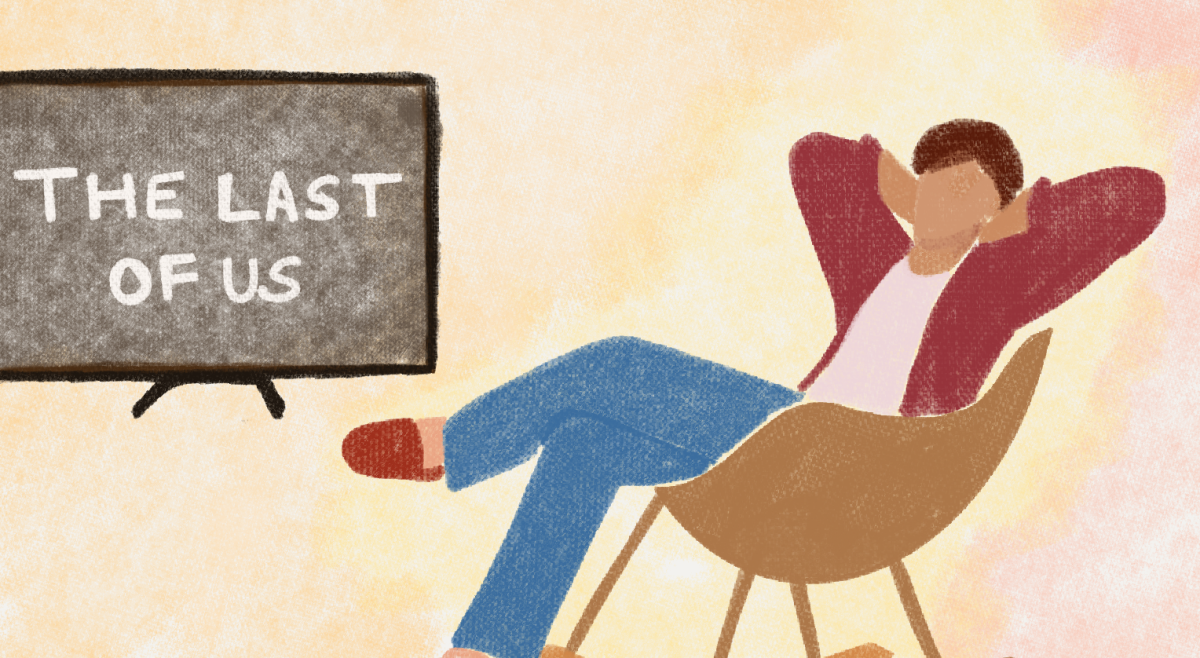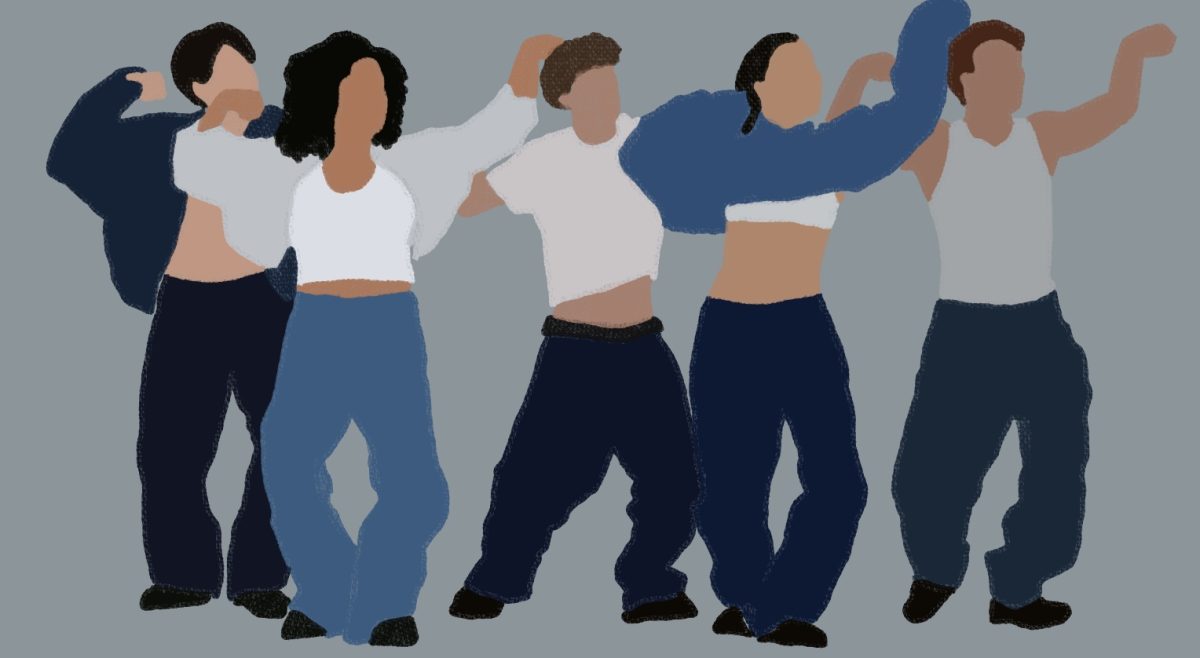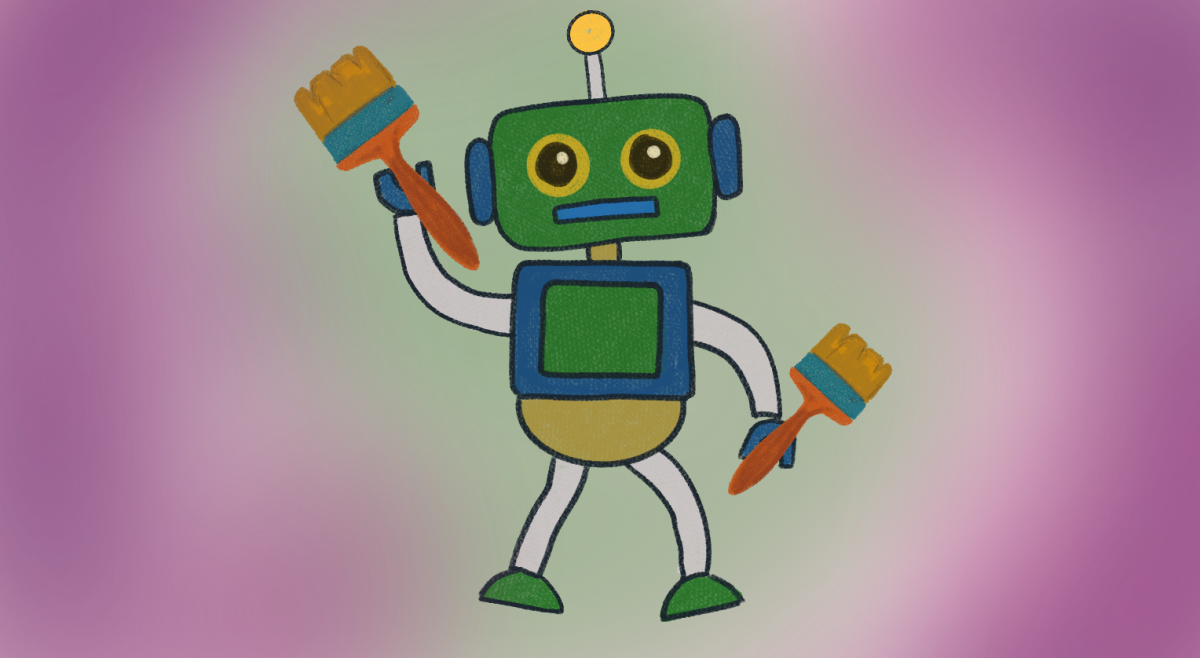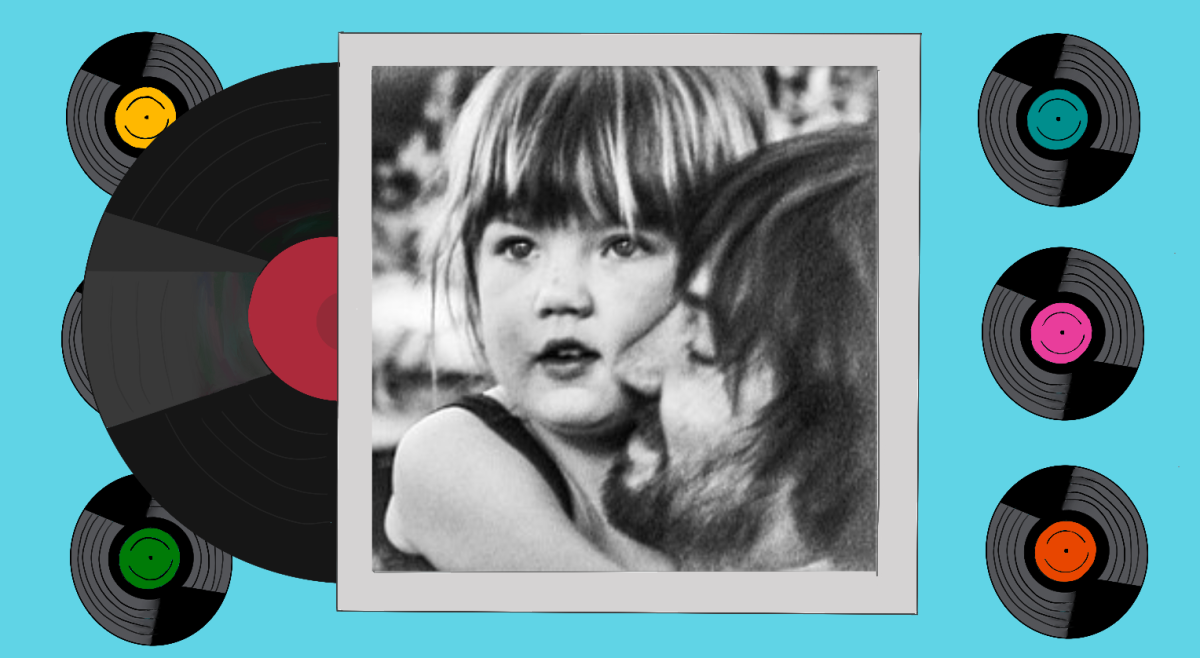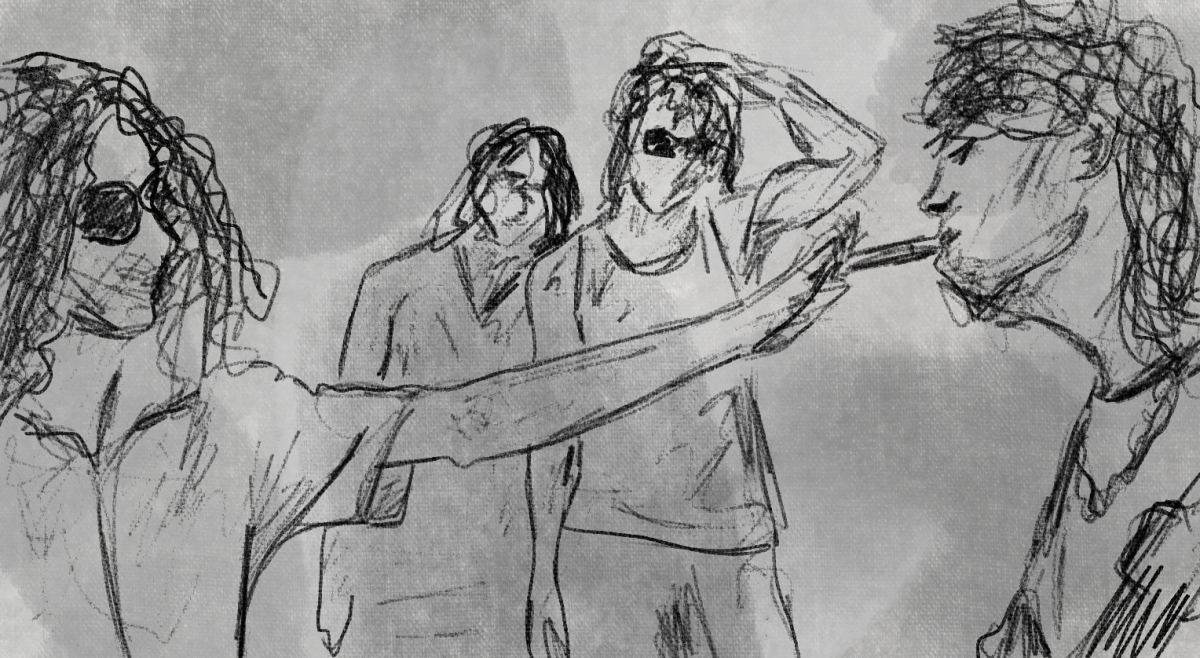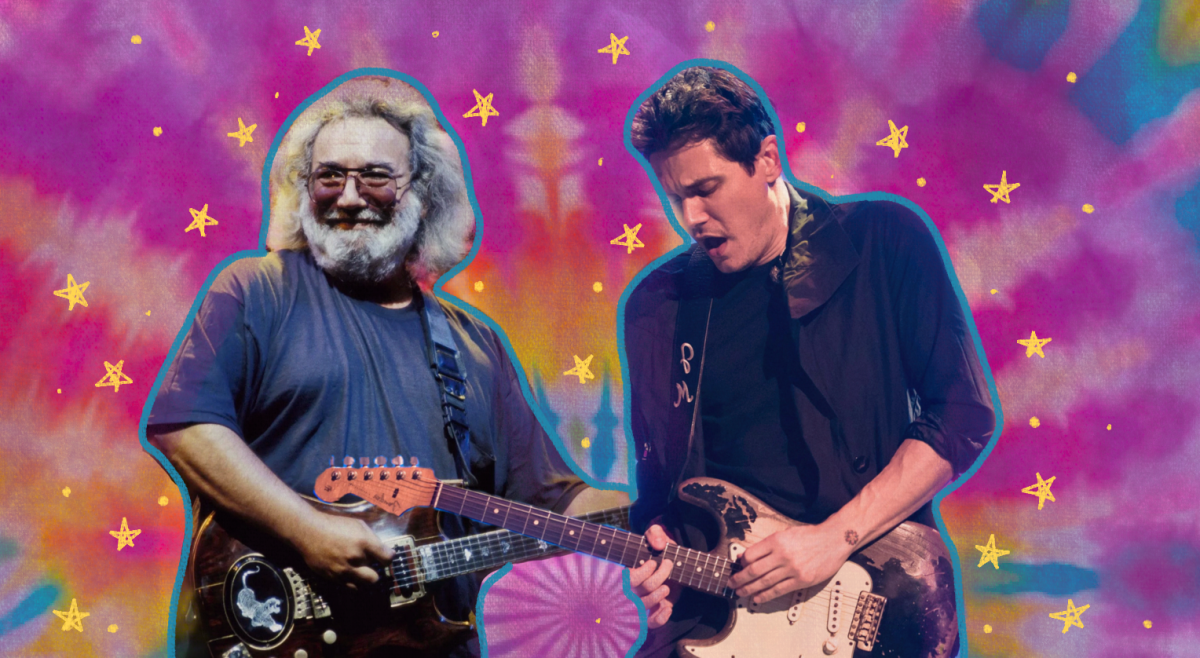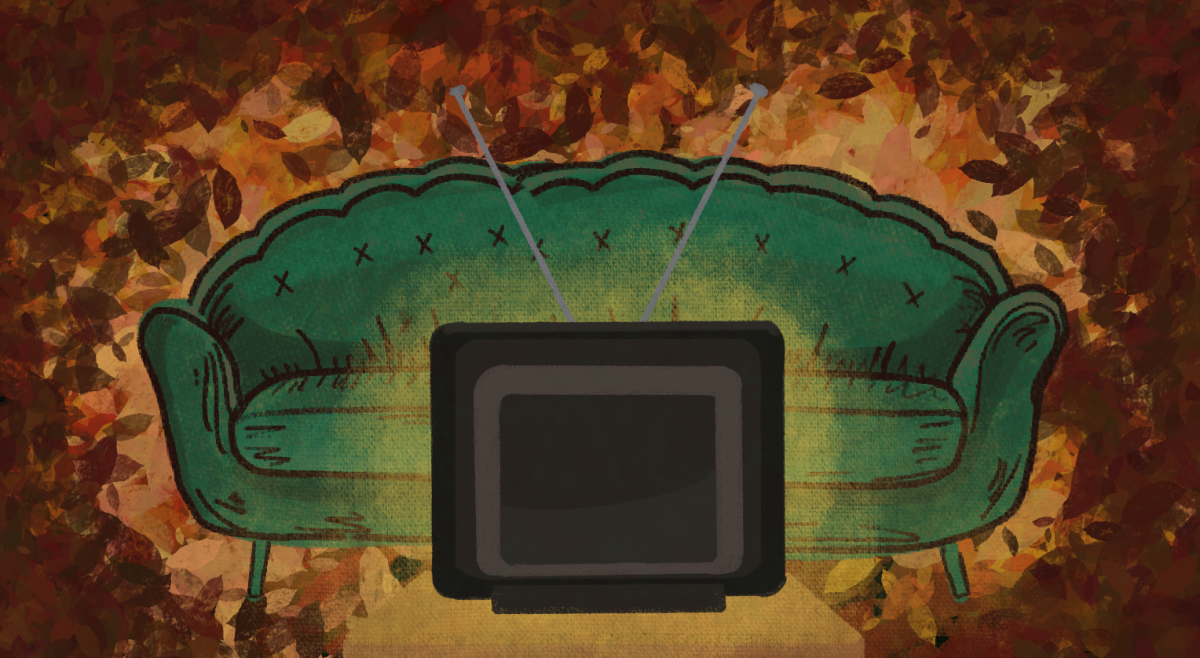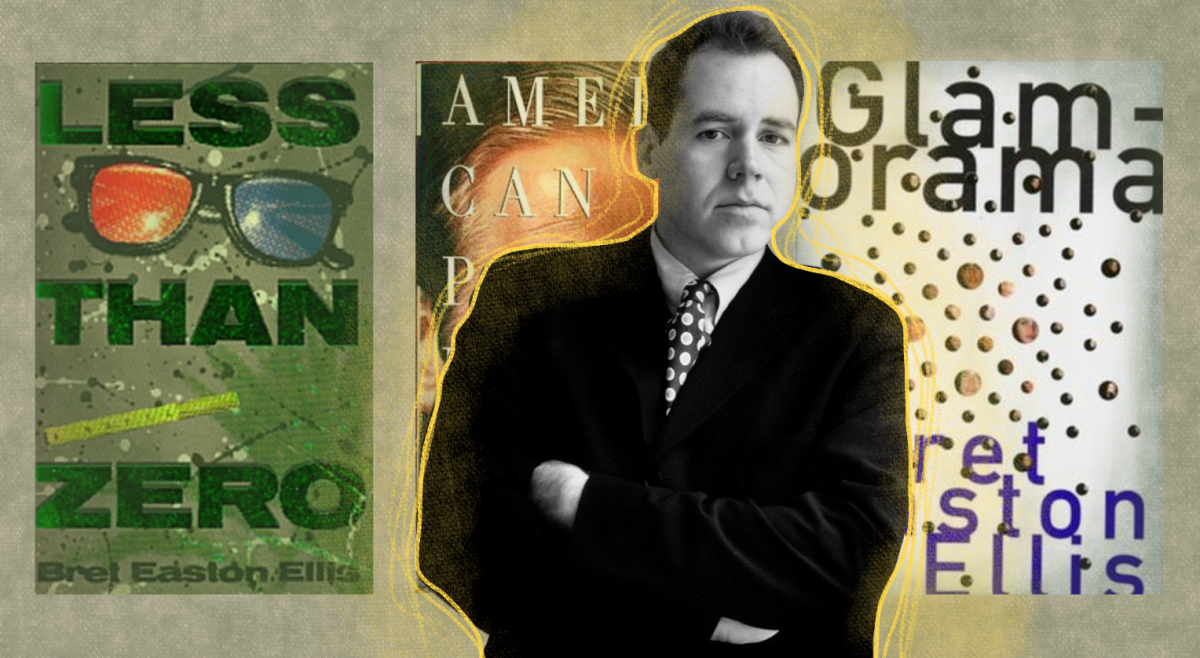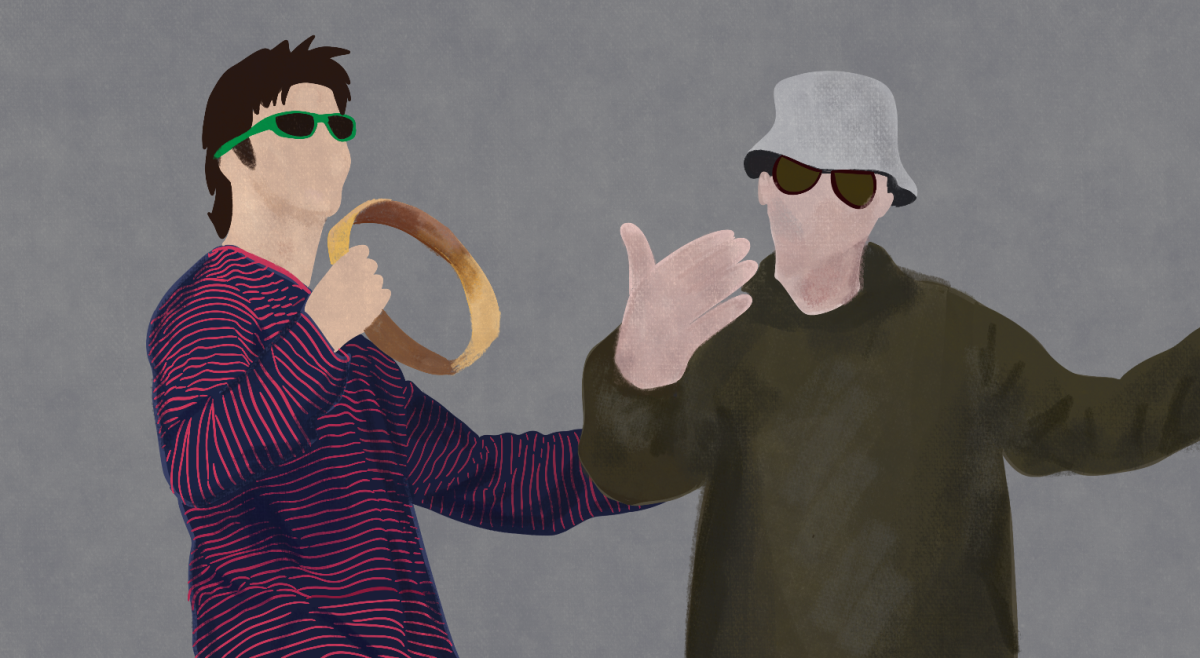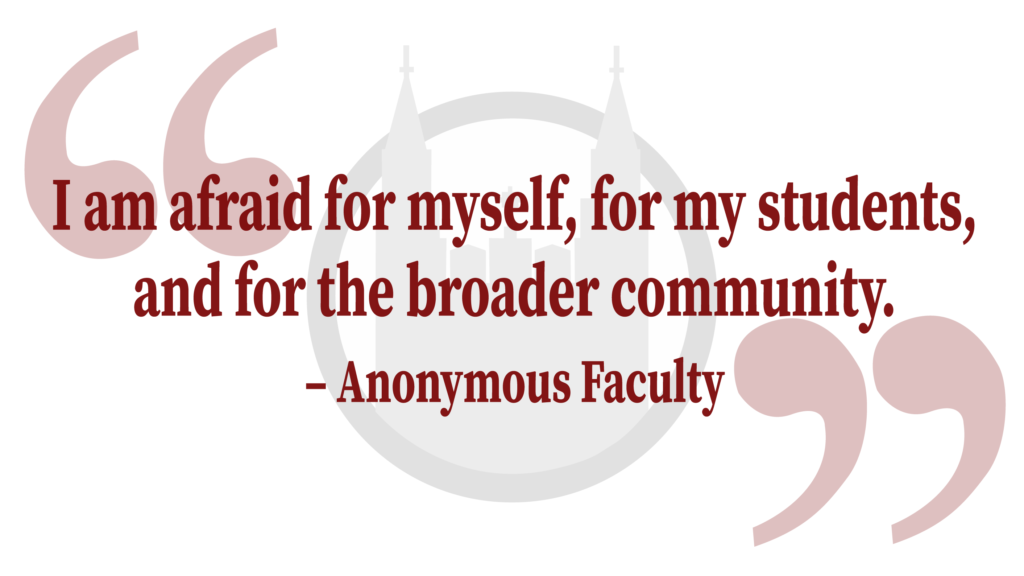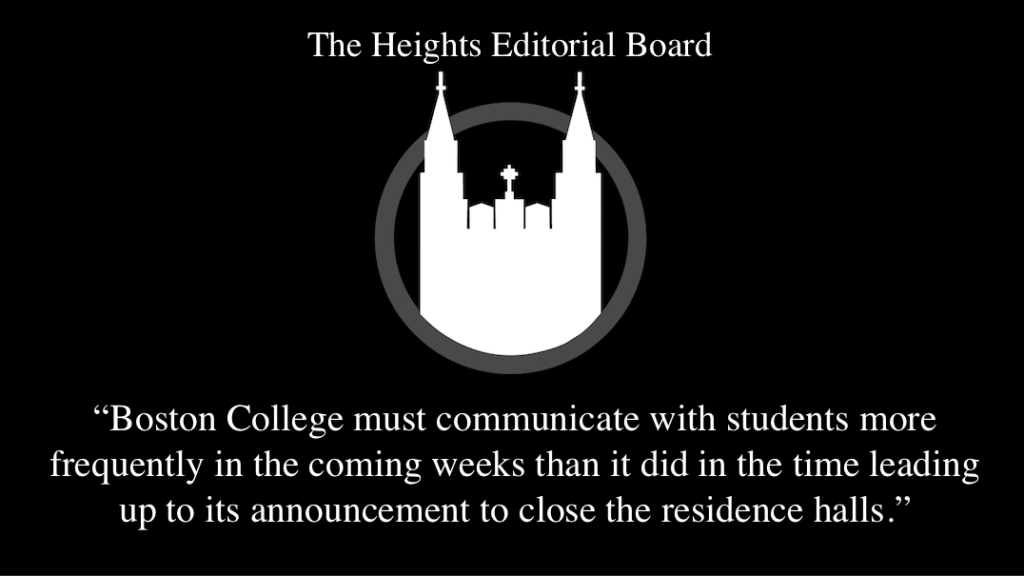Children’s cartoons today are weak. And they breed weakness. When I was a kid, half the fun of cartoons was not quite knowing what was going on. Every so often, a line would fly over my head, or I might hear an adult chuckle at something I thought was for kids only. I loved these shows because they were weird, out-there, and often times unabashedly unclean. Most of today’s programming has been censured and corrupted by a dominant cultural shift that demands that children’s shows be free from negative emotions, grotesqueness, conflict, and, consequent of the other three, fun. Adult themes or content are deemed unsuitable for children, effectively neutering children’s TV programming since the mid to late 2000s.
With old reruns of Tom and Jerry, Merrie Melodies, and Looney Tunes, the level of unadulterated violence was as shocking as it was engaging. Though the premise usually remained the same, the inventive presentation of each episode allowed for the same simple idea to manifest itself in provocative and truly captivating ways. Wiley E. Coyote endlessly pursued the Road Runner, but his method and manner evolved, albeit to unsuccessful outcomes. Tom and Jerry’s perpetual game of cat and mouse has taken us to Italy, to France, into opera houses, and into city streets. The changing landscape brought a sense of adventure to the consistent and simple pursuits of these characters. Much of this was the same in Looney Tunes as well, as the simple ambitions of Bugs and Yosemite alike were amplified by their variety of settings. They were bringing us into real places in the world. The kinds of simple stereotypes they presented, in most cases, were actually intriguing insights into the world. Though these insights were often narrow, their presence was nonetheless felt. The animation reel was a tether to the outside world.
The shows that were more contemporary in my childhood also brought more ideas to the table. Innuendo was sprinkled throughout shows like Rugrats, CatDog, Rocko’s Modern Life, and The Angry Beavers. When watching these shows, sounds emanating from behind closed doors, subtle winks at the camera, and abrupt transitions marked the presence as something out of the ordinary. To the credit of most kids, these things do not go unnoticed. In most cases, small nods to the adult world were harmless enough, but brought a hint of the outside world into play.
So much of today’s TV for kids goes wrong is in its complete infantilization of its viewers. Children are the future of our world. In the real world, there is conflict, pain, sexuality, and a host of other things deemed improper for public viewing or conversation. Most kids can handle these small hints at more mature concepts. Down the line, revisiting old shows we watched as kids, we may come to appreciate that subtle humor more. These additions of adult content prepare children for the real world. In an age where media allows for almost anything to be found out on the internet, creating pure and completely innocent programming is not representative of the reality children find or will find themselves in. By slipping in nods to a real world, consciously or unconsciously, children will enter into adulthood with fewer surprises.
Adult content, innuendo, or nods make for more interesting TV for parents and children alike. The grotesque and the profane have almost always proven to be the most captivating. This is true of more than just television. In literature, controversial novels championed these sentiments as people bought and read in droves upon droves (akin to the modern 50 Shades of Gray). Some said it would lead to the moral degradation of society and the corruption of the youth. Time and time again, it has proved the contrary. Everyone is all right. Though in an ideal world, the absolute innocence of children would be upheld, the information era of today severely challenges that notion. This is not to say that children’s TV should be structured or socially engineered to introduce adult themes, but we should not shy away from their inclusion.
Now, these more adult concepts in television make for entertaining and insightful programming. In shows like Adventure Time or Gravity Falls, these kinds of sentiments are being kept alive. But more should be done to keep children’s TV out of the hands of puritanical dictators. The real world is harsh. The real world is crude. The real world is violent. Through the eyes of a child, these things often prove to be self-evident. Adults often times fail to give children enough credit. They are resilient and can handle it. If anything, it makes them stronger.
Featured Image by Abby Paulson / Heights Editor


